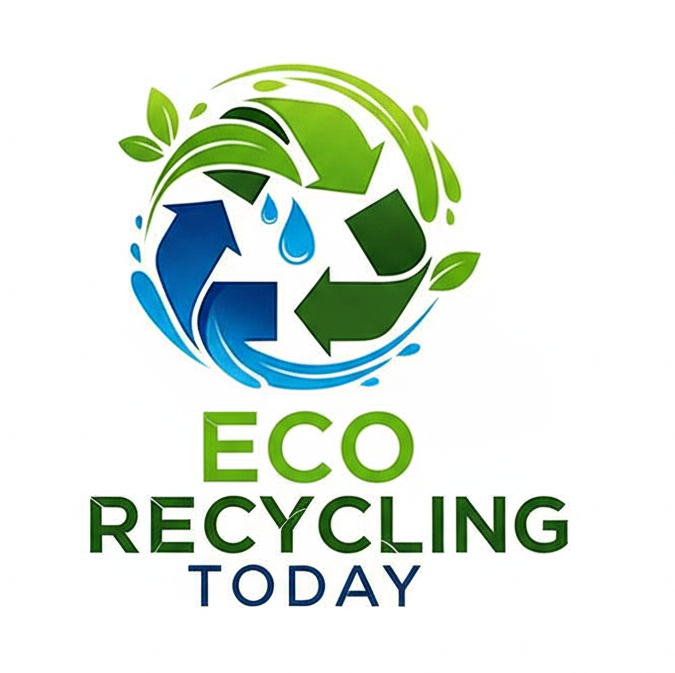In the digital age, electronic devices are indispensable—but they also create a serious problem: electronic waste (e-waste). As technology evolves rapidly, outdated equipment piles up in offices, factories, and warehouses. That’s why knowing how to recycle electronic waste is essential for businesses that want to stay compliant, reduce environmental impact, and protect sensitive data.
This complete guide will show you how your business can effectively manage and recycle e-waste in 2025 and beyond.
What is Electronic Waste (E-Waste)?
Electronic waste includes discarded electrical or electronic devices, whether fully or partially functional. Common types of business-related e-waste include:
- Computers and laptops
- Monitors and displays
- Printers and copiers
- Phones and tablets
- Networking equipment
- Batteries and power supplies
- Circuit boards and microchips
Improper disposal of e-waste leads to harmful environmental effects due to toxic components like lead, mercury, and cadmium.
How to Recycle E-Waste for Your Business
Step 1: Audit Your Electronic Inventory
Start by identifying all obsolete or unused electronics across departments. Use asset tracking tools or manual checks to log each item.
Step 2: Separate Reusable vs. Recyclable
Some equipment can be refurbished, resold, or donated. Separate those from truly end-of-life devices that require recycling.
Step 3: Wipe Data Securely
Before recycling, ensure all hard drives, SSDs, and storage devices are wiped using certified data destruction software or physical shredding.
Step 4: Partner with a Certified E-Waste Recycler
Look for recyclers certified by organizations like:
- R2 (Responsible Recycling)
- e-Stewards Certification
- ISO 14001 (Environmental Management)
These providers follow environmentally responsible practices and ensure secure handling of sensitive materials.
Step 5: Schedule Pickups or Drop-offs
Work with your recycler to coordinate regular collection or drop-off schedules. Many offer locked bins or secure transport services.
Step 6: Request Documentation
Ensure you receive a Certificate of Recycling or Certificate of Data Destruction for your records and audits.
Additional Tips for E-Waste Recycling Success
- Buy-back programs: Some manufacturers and vendors offer incentives for returning used equipment.
- Refurbish when possible: Extend the life of devices through repairs or upgrades.
- Donate functional electronics: Nonprofits, schools, and community centers may accept lightly used devices.
- Avoid informal recyclers: Uncertified recyclers may mishandle waste, causing environmental damage and data breaches.
As electronic devices become increasingly central to business operations, so does the responsibility of disposing of them properly. By implementing a smart, secure, and sustainable e-waste recycling program, businesses not only reduce their environmental impact—they also protect data, save money, and strengthen their brand reputation.
